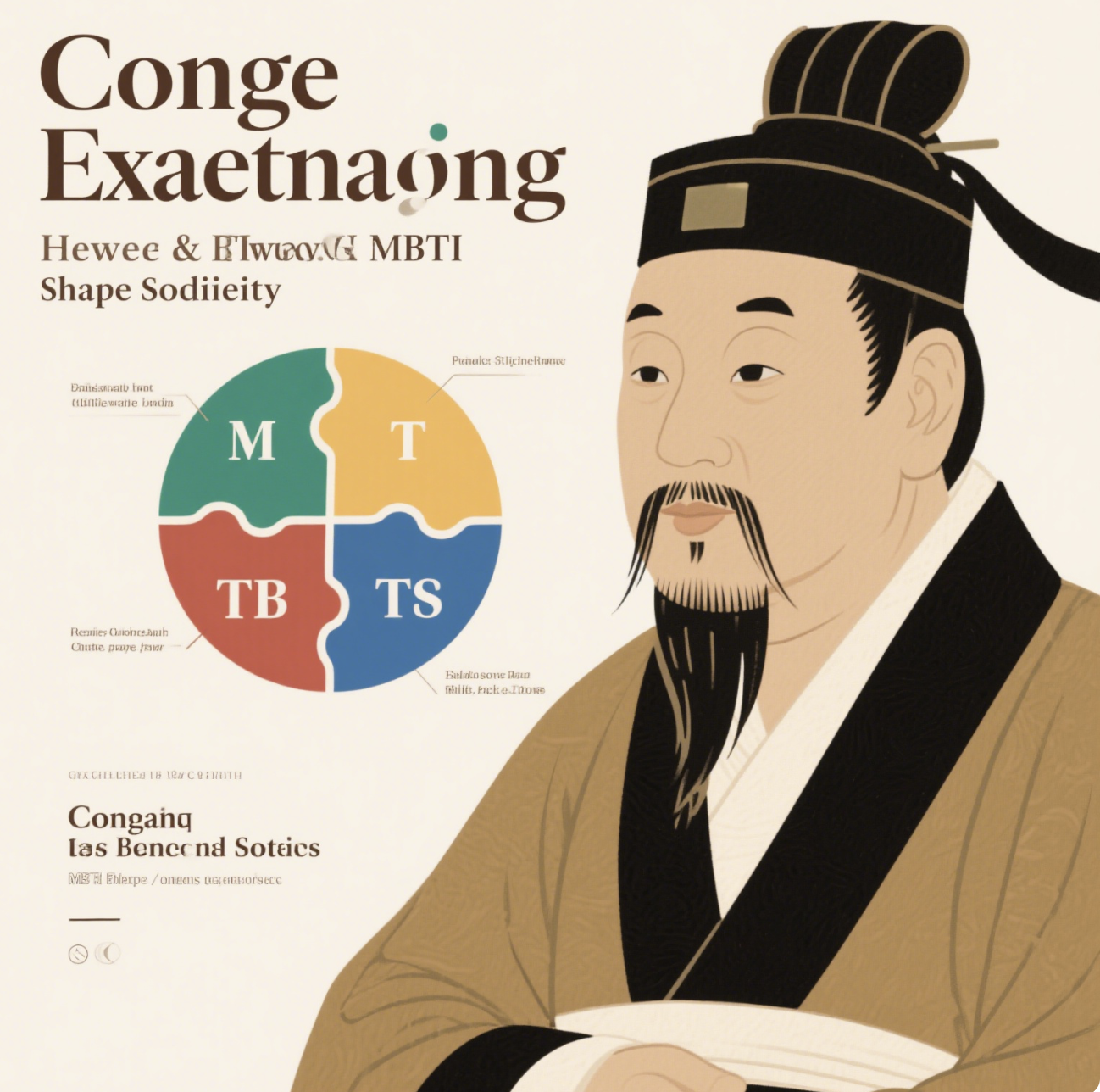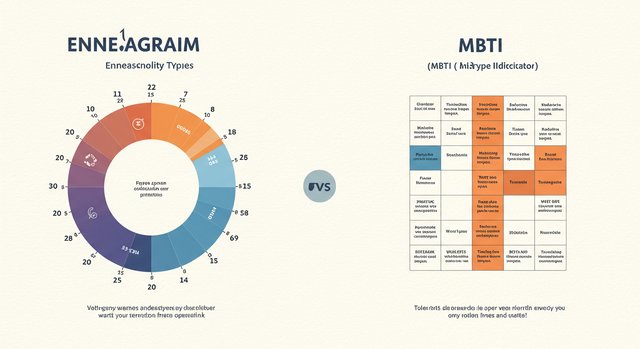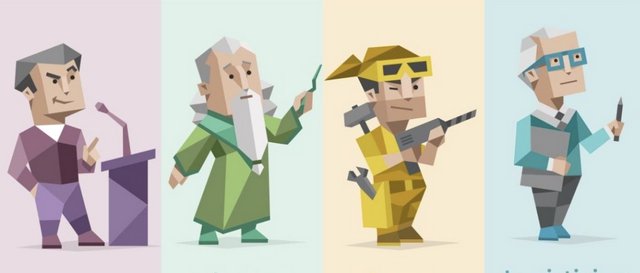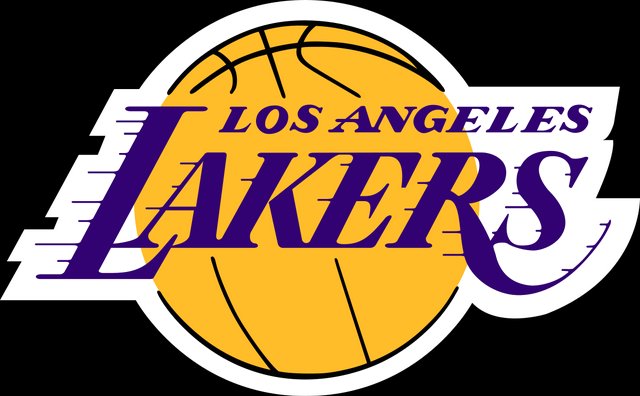The Confucian Legacy & How MBTI Shapes Societies

Why ISFJ “Nurturers” and ISTJ “Inspectors” Dominate Chinese Culture – A Deep Dive into MBTI and Societal Values
Personality types don’t exist in a vacuum—they’re molded by cultural, historical, and social forces. In China, the prevalence of ISFJ (The Protector) and ISTJ (The Logistician) types isn’t accidental; it’s deeply rooted in Confucian philosophy, which has shaped societal rewards and punishments for millennia. Meanwhile, Western individualism fuels Fi (Introverted Feeling) and Ti (Introverted Thinking) clashes, while America’s ESTP “Doer” archetype reflects its thrill-seeking, action-oriented culture. Let’s break down how MBTI manifests across civilizations.
The Confucian Blueprint: How Si-Fe Shaped China’s “Nurturer-Duty” Culture
Confucius, often typed as an ISFJ, embedded two core psychological functions into East Asian societal norms:
Si (Introverted Sensing) – Tradition as Moral Law
- Confucianism prioritizes ancestral wisdom, ritual propriety (Li), and strict social roles.
- ISTJs (Si-Te) thrive here—their meticulous adherence to rules maintains order (e.g., bureaucratic efficiency, filial piety).
- Deviation risks “shame,” a powerful cultural deterrent.
- Confucianism prioritizes ancestral wisdom, ritual propriety (Li), and strict social roles.
Fe (Extroverted Feeling) – Harmony Over Truth
Group cohesion (He) outweighs individual dissent. ISFJs (Si-Fe) excel at mediating conflicts subtly, avoiding confrontation.
Open debate (Ti) or emotional outbursts (Fi) are discouraged as “disruptive.”
Result: Societies reward Si-Fe/Te compliance. “Pseudo-sages” (surface-level conformists) rise, while Fi/Ti types face marginalization. This explains China’s high density of caretakers (ISFJs) and administrators (ISTJs).
West vs. East: Fi-Ti “Debate Culture” vs. Si-Fe “Consensus Culture”
Western individualism glorifies self-expression, creating predictable MBTI tensions:
Fi (Introverted Feeling) Dominants (e.g., INFPs, ISFPs)
- Demand authenticity, leading to emotional clashes (e.g., protests, identity politics).
- Demand authenticity, leading to emotional clashes (e.g., protests, identity politics).
Ti (Introverted Thinking) Dominants (e.g., INTPs, ISTPs)
Dissect systems logically, sparking ideological wars (e.g., Reddit debates, academic skepticism).
Contrast: In Si-Fe societies, Fi’s “selfishness” and Ti’s “disrespect for tradition” are stigmatized. Hence, Western media highlights conflict, while Eastern media emphasizes unity.
America’s ESTP Playground: Sensation-Seeking as National Identity
The U.S. leans into Extroverted Sensing (Se), manifesting as:
ESTP “The Entrepreneur” Dominance
- High-risk, high-reward ethos (Silicon Valley, Wall Street).
- Pop culture glorifies action (superhero movies, reality TV).
- High-risk, high-reward ethos (Silicon Valley, Wall Street).
Why Trump (ESTP) Resonated
His impulsive, deal-making persona epitomized the American “doer” spirit—far more relatable than bureaucratic ISTJs or idealistic INFJs.
Cultural Feedback Loop: Se-types thrive in fast-paced, competitive environments, reinforcing ESTP/ESFP cultural exports (e.g., TikTok trends, blockbuster franchises).
Key Takeaways: MBTI as a Cultural Lens
- Personality Distributions Aren’t Random – They reflect what a society rewards.
- Conflict Styles Differ – Fi/Ti cultures debate; Si-Fe cultures negotiate.
- Globalization’s Wildcard – As cultures blend, hybrid types (e.g., ENTPs in Asia) may challenge traditions.
Final Thought: Understanding these patterns helps navigate cross-cultural workplaces, relationships, and even political trends. Whether you’re an ISFJ upholding traditions or an ESTP chasing the next thrill, your type isn’t just personal—it’s historical.
—
Engage With Us: What’s your MBTI type, and does it align with your culture’s values? Share below!




